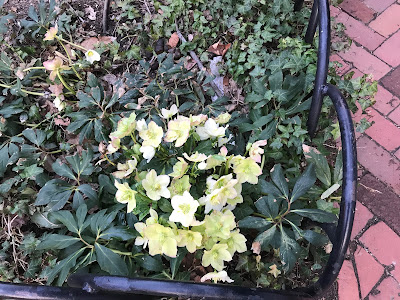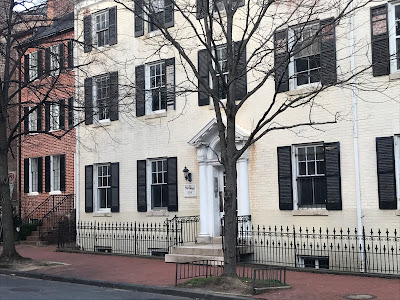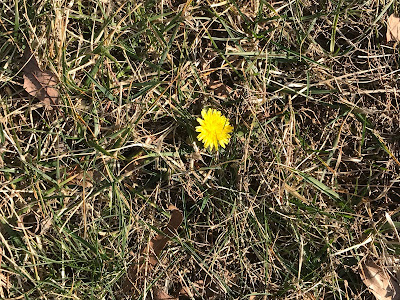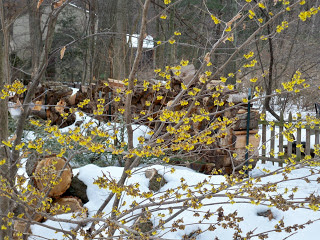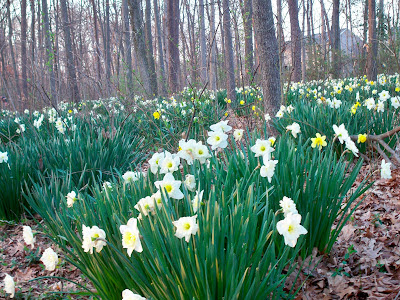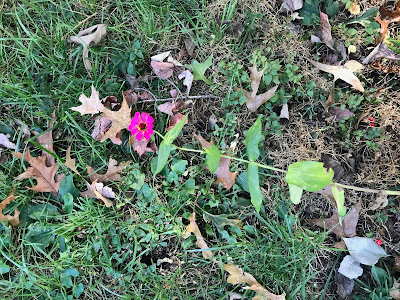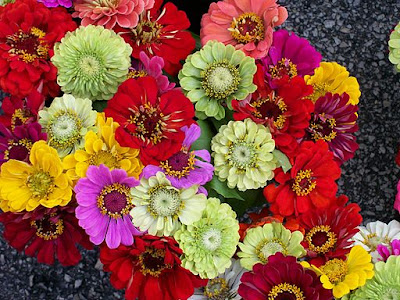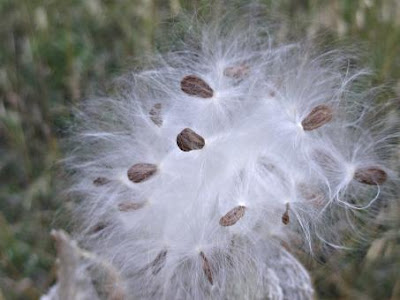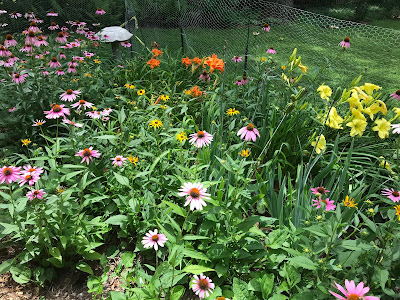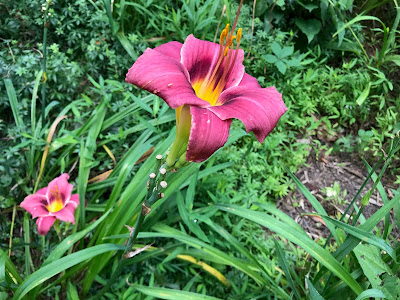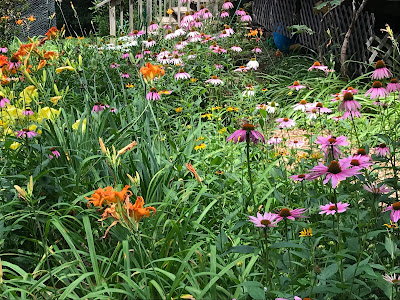“Good fences make good neighbors,” Robert Frost’s neighbor says to him, though the poet believes the opposite is true: “Something there is that doesn’t love a wall/That sends the frozen ground-swell under it/And spills the upper boulders in the sun.”
But when it comes to deer, good fences do make good neighbors — or at least they have this summer. Some of these day lilies haven’t bloomed in years. They’ve been nibbled off at the stem by a hungry mob of does and fawns.
This year, we put up chicken wire and caution tape (the latter is for Copper, who kept trying to run through the fence without it), and, voila, here are creamy yellow day lilies, lovely rose red ones, too. Here are the cone flowers in pink and white and russet. Here are black-eyed Susans, too. It’s a bounty, a visual feast.
For years I’ve relied on something called Liquid Fence to protect the flowers. But a heavy rain can wash it off during the night and a marauding herd of deer can eat every bud in sight in one unprotected evening.
“Before I built a wall I’d ask to know what I was walling in or walling out,” Frost says.
I don’t need to ask. I know.





